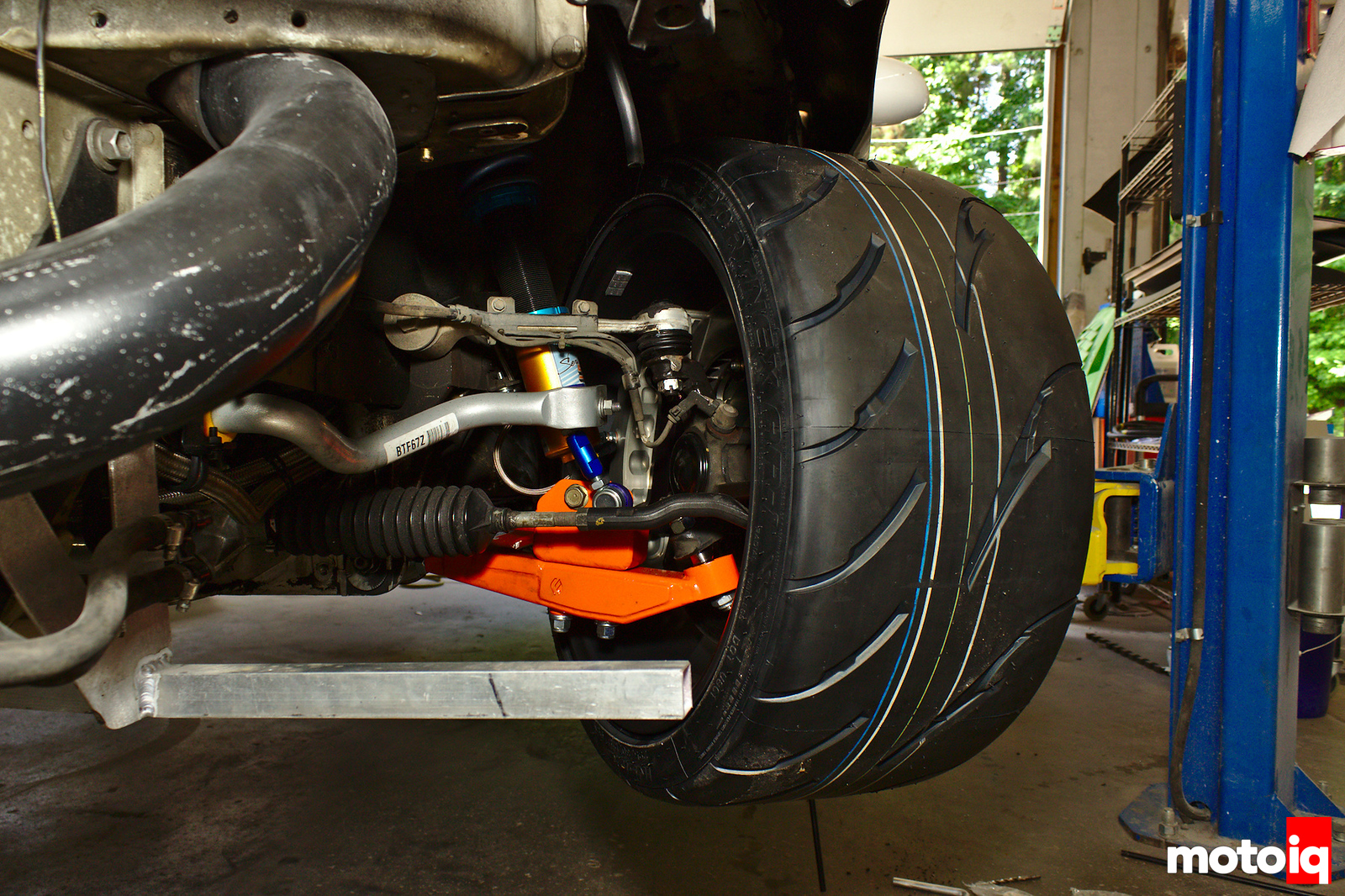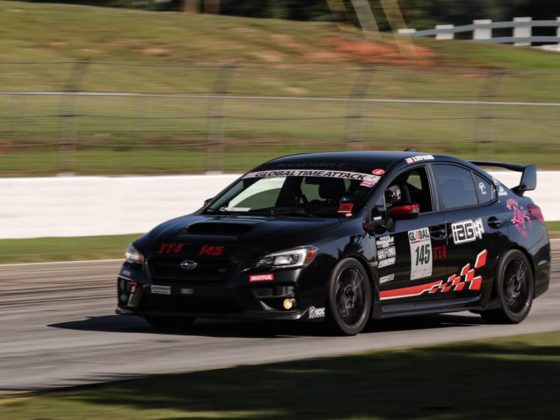
The surface is coated with self-etching primer, which, unlike regular primer, both primes the surface (for paint) and inhibits oxidation. Don’t forget to try to spray this stuff on the inside, too!

Do I have to remind you that unless you get on the ground and look under the car you would never, ever see this? That’s the kind of attention to detail that Classic Livery puts into everything.
At this point the rear quarter is closed and the over fender could be installed, but, first, the front fenders (since they’re pretty easy!).


They do come with small witness marks that show you where the holes should go. If you drill them exactly the size of your bolts, you’ll get whatever you get in terms of fitment. This is the art of installing aftermarket panels. They will require adjustment, and you will need to be patient to take the time to adjust them. The KBD panels are very, very close. I have seen some horrific fiberglass stuff out there. If you expect to just zap the holes and have every panel be perfect, you’ll be sad.
Another thing about polyurethane – it, in and of itself, is a double-edged sword. On the one edge, you have the flexibility (literal) of the material, which is great for bonking and pranging the car around. Drifters and autocrossers should love it. But, the other edge is also the same flexibility (literal) and paint. Paint in and of itself isn’t necessarily flexible. Paint one of these panels, flex it, and you just cracked your nice paint. Make sure you have a body (paint) guy who understands that. Or, better yet, use vinyl!




